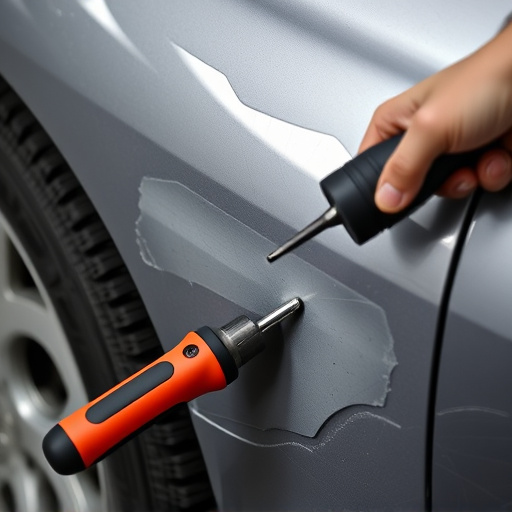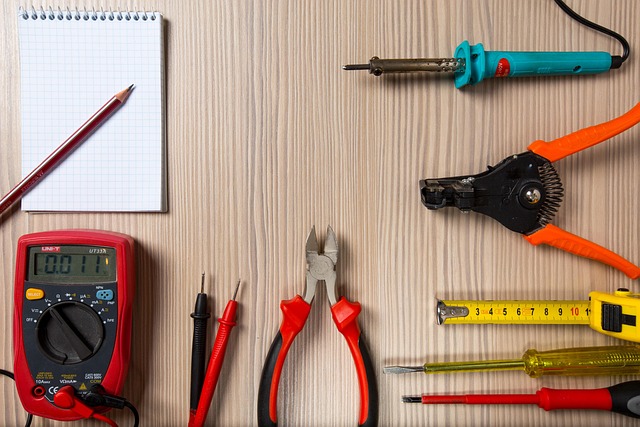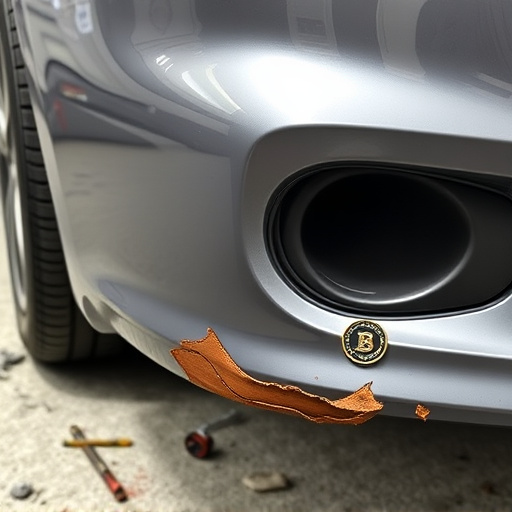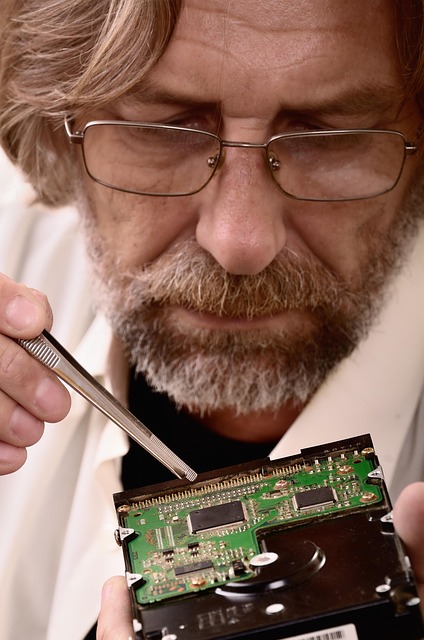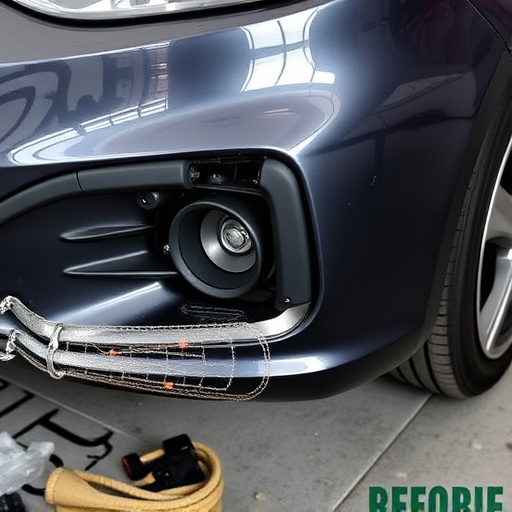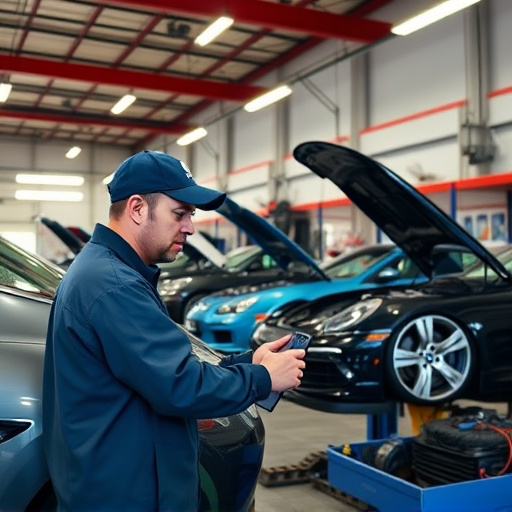The Tesla cooling system, vital for component longevity and performance, requires adherence to OEM specifications. Regular maintenance, including inspections and testing, prevents issues like leaks, corrosion, and overheating, ensuring optimal efficiency, extended lifespan, and fuel economy. Specialized services prioritize this integrity, mirroring Mercedes-Benz standards, to maintain vehicle health and range.
Tesla’s cutting-edge electric vehicles rely on efficient cooling systems to manage high-performance batteries. This article delves into the intricacies of maintaining Tesla cooling system integrity, aligning with OEM (Original Equipment Manufacturer) specifications. By exploring fundamental cooling system components and key performance metrics set by Tesla, we highlight the importance of regular maintenance and rigorous testing protocols. Ensuring these standards are met is vital for maximizing vehicle longevity and optimal battery health in this innovative automotive landscape.
- Understanding Tesla Cooling System Basics
- OEM Specifications: Key Performance Metrics
- Ensuring Longevity: Maintenance and Testing Protocols
Understanding Tesla Cooling System Basics

The Tesla cooling system is a complex network designed to maintain optimal temperatures within the vehicle’s electric components. At its core, it involves a series of liquid-cooled radiators, fans, and heat exchangers that work in tandem to regulate the battery pack’s temperature. This intricate system is paramount for ensuring the longevity and performance of Tesla’s high-performance electric motors and advanced battery technology. Any disruptions or failures in this process can lead to severe consequences, including reduced range, decreased efficiency, and potential damage to sensitive components.
Tesla cooling system integrity is therefore a critical aspect that must adhere to Original Equipment Manufacturer (OEM) specifications. These guidelines are meticulously crafted to guarantee the system’s effectiveness and durability under various driving conditions. Regular maintenance and timely repairs, especially after incidents like hail damage repair or fender benders, are essential to preserving this integrity. Auto body services that specialize in Tesla vehicles play a vital role in ensuring proper restoration and preventing further complications, maintaining the cooling system’s optimal performance.
OEM Specifications: Key Performance Metrics

The performance and integrity of a Tesla cooling system are paramount to ensure optimal vehicle operation and longevity. When it comes to Original Equipment Manufacturer (OEM) specifications, several key metrics come into play. These metrics are designed to guarantee that the cooling system not only functions efficiently but also meets the highest standards set by Tesla for safety and reliability. Key performance indicators include thermal efficiency, where the system must effectively manage engine heat dissipation, and pressure regulation, ensuring a balanced and secure fluid flow within the vehicle’s intricate cooling network.
Additionally, OEM specifications emphasize structural integrity to prevent leaks and corrosion, which can be particularly challenging given the advanced materials used in Tesla vehicles. Proper alignment of components, robust sealing mechanisms, and high-quality fluids are essential elements that auto repair shops or collision repair centers should consider when addressing any issues related to Tesla cooling system integrity.
Ensuring Longevity: Maintenance and Testing Protocols
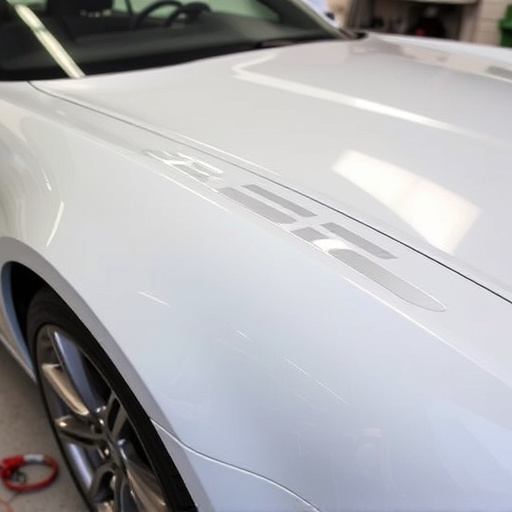
Maintaining a Tesla cooling system to OEM (Original Equipment Manufacturer) specifications is paramount for ensuring the longevity and performance of the vehicle’s overall operation. Regular maintenance and rigorous testing protocols play a crucial role in upholding the integrity of this vital system. Through scheduled inspections, mechanics can identify potential issues early on, preventing minor problems from escalating into costly repairs or safety hazards. This proactive approach involves checking coolant levels, inspecting radiators for leaks or blockages, and verifying proper functioning of fans and pumps.
Furthermore, advanced diagnostic tools are employed to assess the cooling system’s efficiency and detect any anomalies. By adhering to these maintenance protocols, Tesla owners can safeguard their vehicles from overheating issues, premature component failure, and reduced fuel efficiency. Such meticulous care not only mirrors that of a Mercedes-Benz repair standard but also contributes to the overall vehicle restoration and preservation, ensuring the car maintains its optimal performance for years to come.
Tesla’s cooling system integrity is paramount for ensuring the longevity and optimal performance of its electric vehicles. By adhering to Original Equipment Manufacturer (OEM) specifications, Tesla owners can maintain a robust and efficient cooling system. Regular maintenance and rigorous testing protocols are essential practices that safeguard the overall health of the vehicle’s components, ultimately contributing to a reliable and durable driving experience.
